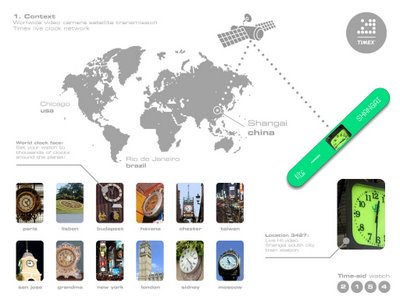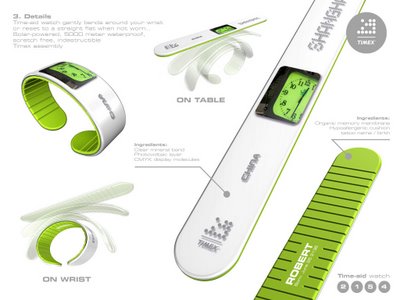If you’re new here, you may want to subscribe to my RSS feed to receive the latest Architectradure’s articles in your reader or via email. Thanks for visiting!
 The Hug is A visionary robotic product concept developped by Carl DiSalvo, Carl DiSalvo, Francine Gemperle, Willy Yonkers, Elliott Montgomery, and Jamie Divine.
The Hug is A visionary robotic product concept developped by Carl DiSalvo, Carl DiSalvo, Francine Gemperle, Willy Yonkers, Elliott Montgomery, and Jamie Divine.
The Hug is a soft, huggable product that uses sensing technology and wireless telephony to provide social and emotional support for distant family members. Thisrobotic product uses verbal communications along with touch and physical interaction to create a sense of presence. The Hug uses technology in a way that profoundly addresses an observed human need — the need for a sense of presence during intimate communication.
descriptive paper and technical details published at RO-MAN (IEEE International Workshop on Robots and Human Interactive Communication), another one on the design form, and a case sketch.













